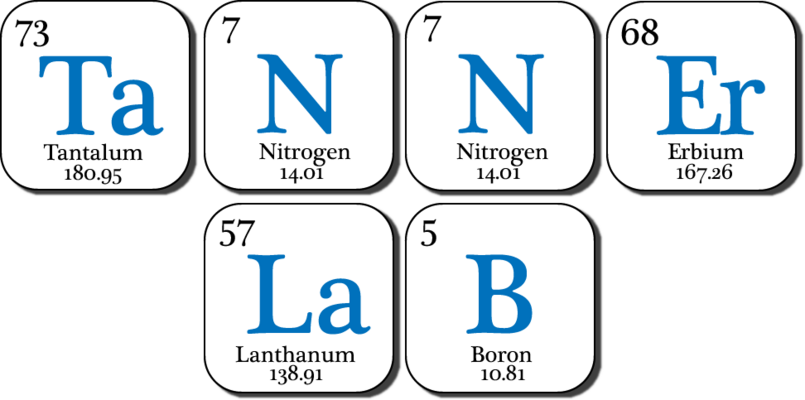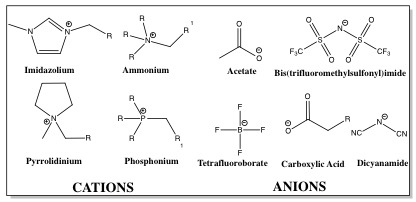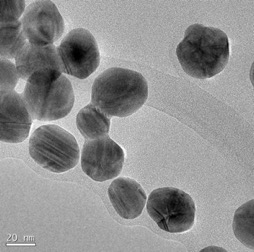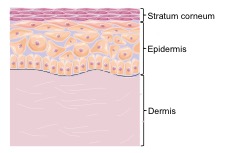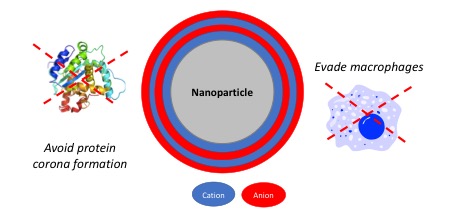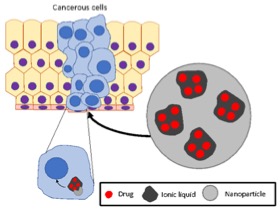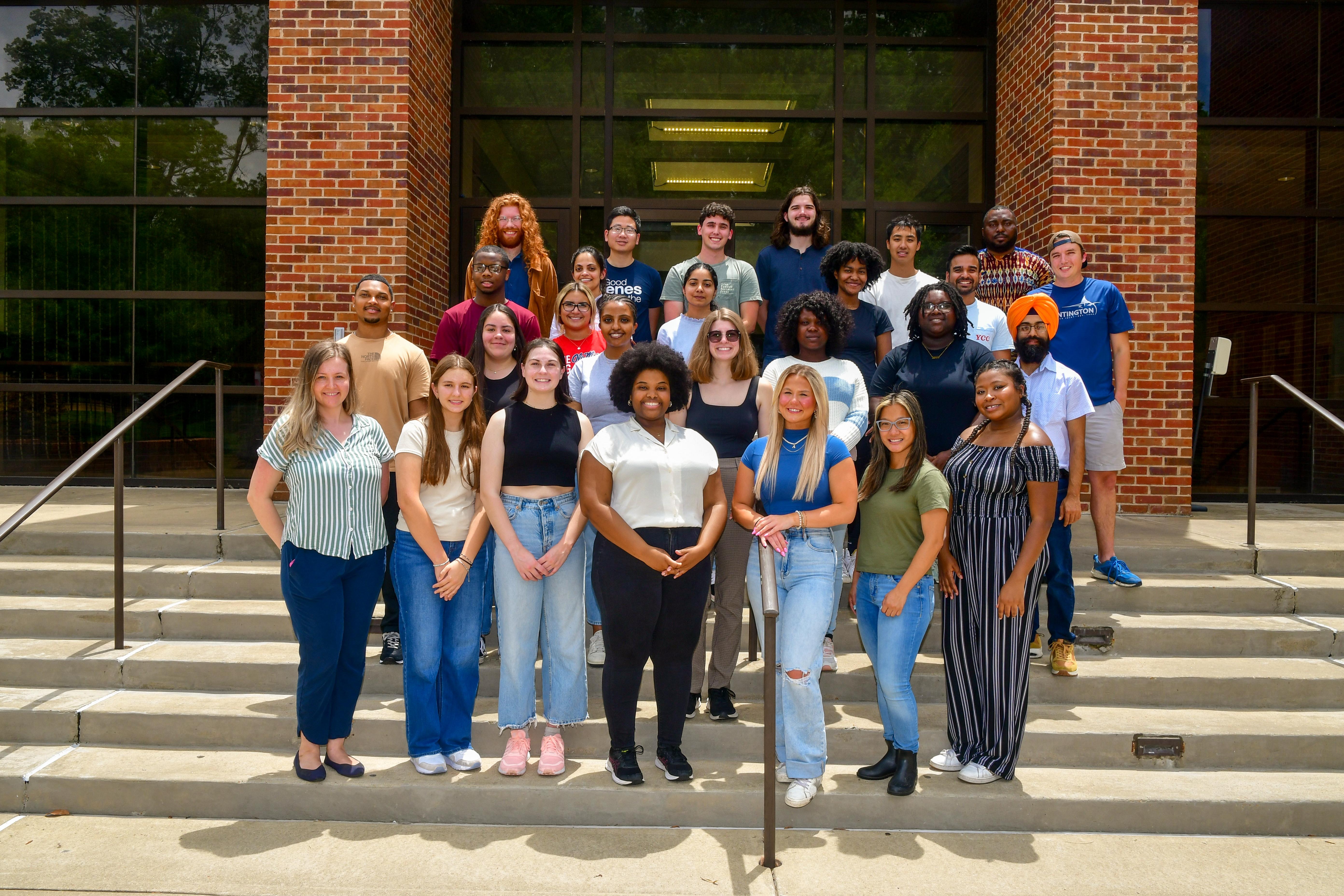
The Tanner Lab applies innovative physical chemistry toolkits to address cutting-edge challenges in biomedical and bioengineering research. Our work focuses on leveraging the unique properties of ionic liquids and nanomaterials to pioneer advancements in these fields. Curious about our ongoing projects or potential opportunities to contribute? Visit the Research tab for detailed insights into our groundbreaking work, and don’t hesitate to reach out if you’re interested in becoming part of our dynamic team!

